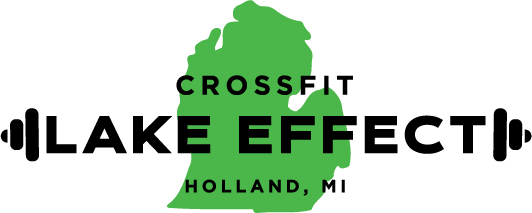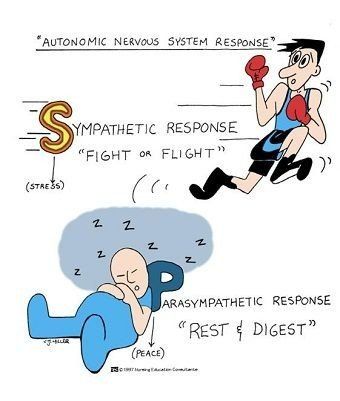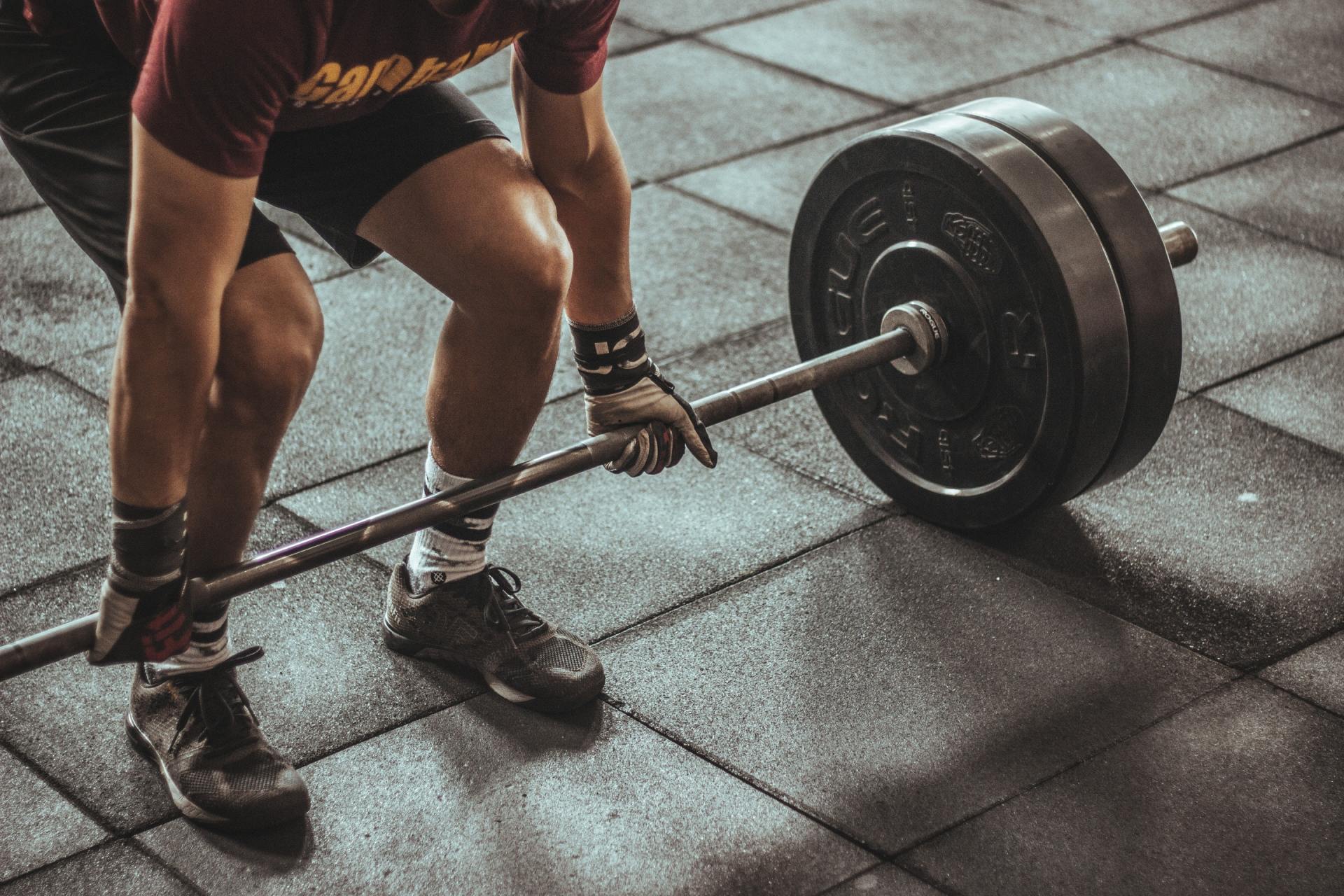Nervous System: To Lift or to Rest?
Nervous System
The Nervous System consist of
three major parts the central nervous system (CNS), peripheral nervous system
(PNS), and autonomic nervous system (ANS).
Each system is a complex collection of nerves and neurons that transmit
signals between different parts of the body, it’s basically the bodies electrical
wiring.
The part of the nervous system that is most important to us is the autonomic nervous system. This part of the nervous system supplies all our internal organs based on the information it receives about the body’s state and the external environment surrounding it. Some of the body’s functions the ANS controls are
·Blood pressure
·Heart and Breathing Rate
·Digestion/metabolism
·Body Temperature
·Balance of Water and electrolytes
Autonomic Nervous System
Autonomic Nervous System
The ANS has two main divisions the sympathetic nervous system and parasympathetic nervous system. Sympathetic Nervous System responds by stimulating those functions to prepare the body for stressful or emergency situations, examples below:
· Increase HR
· Dilates Airways and Pupils
· Increase sweat
· Release Stored Energy
· Slows other processes: digestion and urination
The Parasympathetic Nervous System responds by down-regulating those functions to bring the body back to homeostasis to allow for rest and digest, examples below:
· Slows HR
· Decrease Blood Pressure
· Stimulates Digestion
· Relaxes Muscle and Increase Energy Storage
What does this mean to you?
To maximize training adaptations, you need to take advantage of the effects of both the sympathetic and parasympathetic nervous system.
The parasympathetic nervous system is most beneficial to us because it is the state we want to be in all day, every day outside of the time we are training. This is the state our body recovers most efficiently in due to the relaxed state and increased absorption/digestion of nutrients.
Engaging the parasympathetic nervous system can also be very beneficial in your daily training routine during cool downs after training, to shift your body immediately into a recovery state. It would also be beneficial for individuals who tend burn out early in workouts to be in a parasympathetic state prior to training.
Inducing the effects of the sympathetic nervous system for its benefits also has its time and place. Specifically, before an important session in a strength cycle or one where you will be attempting a new personal record for a lift. Everyone knows the weight feels lighter when your surrounded by your yelling training partners while the music is blasting. This environment ignites our SNS, giving us tunnel vision and causing short/shallowing breathing as we brace for the big lift.
Although it feels great to hit those PR’s relying on the SNS for prolonged periods of time can lead to burnout/overtraining. This is due to the higher level of cortisol release and fatigue buildup it causes. A perfect example of this burnout is any young athlete (myself included) who just starts CrossFit. They think it is the best thing ever, they don’t take rest days and go 100% every workout. Pretty soon they find themselves either extremely run down or injured.
That’s why it is ideal to only rely on the SNS sparingly when you have a very important training session or competition. This approach will lead to steady improvement over long periods of time versus large improvements initially that plateau quickly. In one of the following articles I will go over different techniques to either stimulate the sympathetic or parasympathetic nervous system.








